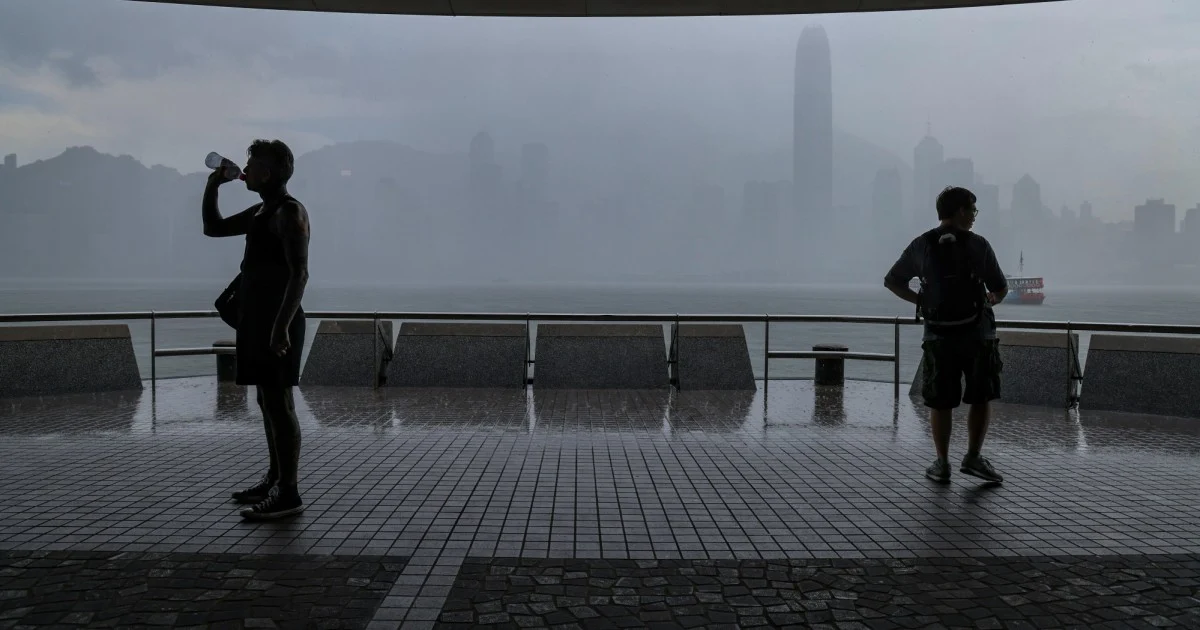On Saturday, Typhoon Saola swept across southern China after tearing down trees and breaking windows in Hong Kong, although the big city sidestepped a worried direct impact from one of the region’s most powerful storms in decades.
On Friday, more than millions of people in the heavily populated coastal areas of southern China had shaded indoors ahead of the storm.
Saola had initiated the city’s most increased threat level in Hong Kong on Friday evening — which had only been given 16 times since World War II.
On Saturday, it was downgraded before dawn after the storm passed the city, with no informed deaths, and tracked towards coastal areas of mainland China.
However, officers cautioned people to stay on alert, with powerful winds and storm surges still a risk.
The city’s weather observatory at 8 a.m. (0000 GMT) said that Gale power winds are still impacting some places… precautions should not yet be comforted.
Saola was still loading sustained winds of 145 kilometers per hour at its center, forming a storm surge that pushed wild waves around Hong Kong’s waterfront areas.
The last time Hong Kong issued a T10 alert was in 2018, when Typhoon Mangkhut hit the city, slicing trees and unleashing floods, injuring more than 300 people.
In mainland China, Mangkhut caused six people and affected the lives of more than three million people. But by Saturday morning, the harm to Saola in Hong Kong looked to be far less than Mangkhut.
AFP journalists in the city informed fallen trees, shattered windows, and solar panels torn off rooftops.




